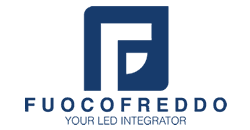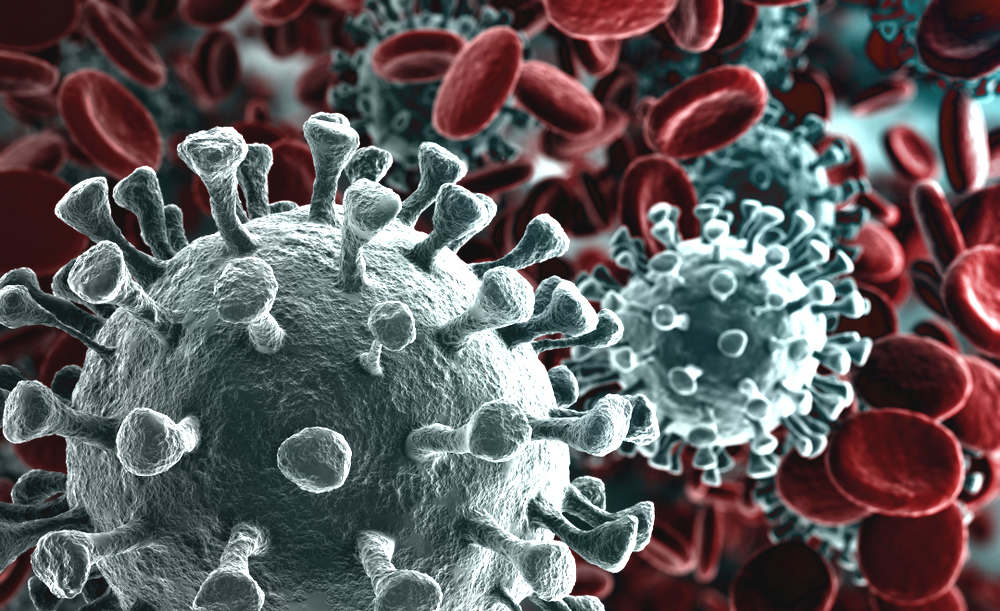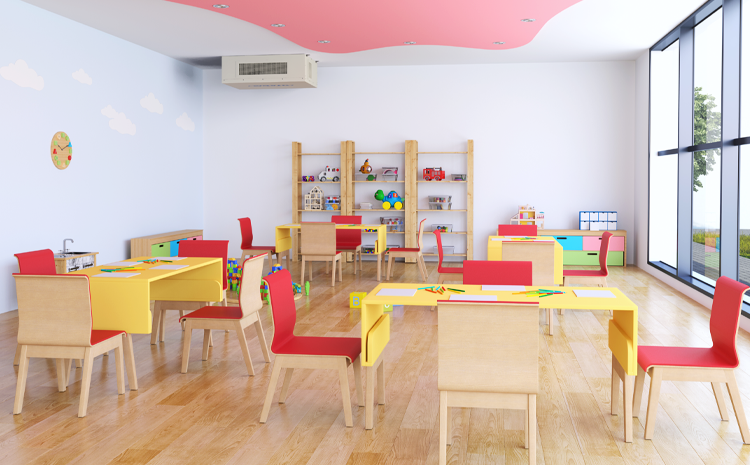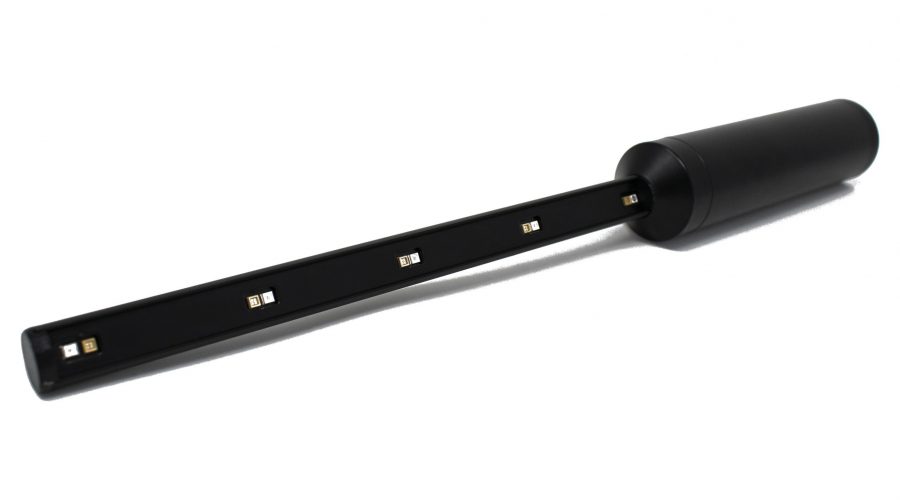AN EFFECTIVE WEAPON AGAINST CORONAVIRUS (COVID-19)
UV-C LEDs
The adoption of UV-C LED technology for sanitizing and killing bacterial colonies has been slow due to costs, often higher than traditional systems. But that could change with the Coronavirus already spreading from China to 29 other nations. BPC, the People’s Bank of China, for example, has been using UV-C LED light and high temperatures since February 15 to disinfect all yuan banknotes before putting them back into circulation.
Effective prevention protocols are therefore required, which necessarily concern the entire population. To protect yourself, it is imperative to reinforce correct infection prevention techniques to drastically eliminate the transmission rate with maximum efficiency. It has been amply demonstrated that, together with normal cleaning and sanitizing procedures, UV-C rays eliminate pathogens in the air and on surfaces.
As with all Coronaviruses, transmission occurs by contact with an infected person, a healthy carrier (a person who does not have a particular symptomatology, but who can transmit it) or with their secretions. Unfortunately, the absence of obvious symptoms makes it difficult to accurately isolate potential carriers.
The novel coronavirus is a kind of positive-sense single-stranded RNV virus, the same as SARS and MERS viruses. Research on SARS has shown that this type of virus is sensitive to heat radiation and UV-C light and can be reduced when exposure to UV-C irradiation is greater than 90 μW / cm2. So, in theory, UV-C light would be able to destroy the new coronavirus (COVID-19).
UV-C disinfection technology has been shown to effectively reduce Coronavirus contamination even in clinical settings. In a study published by Stibich et al (2016), a reduction of Coronavirus MERS was demonstrated after a UV-C disinfection cycle of only 5 minutes.
A growing number of healthcare organizations have turned to UV-C LED technology to complement standard cleaning protocols and increase effectiveness against contagious pathogens, including Ebola Virus, Coronaviruses, and anthrax spores. With this technology it is possible to decontaminate patient rooms, operating theaters, machine rooms, intensive care units and common areas.





